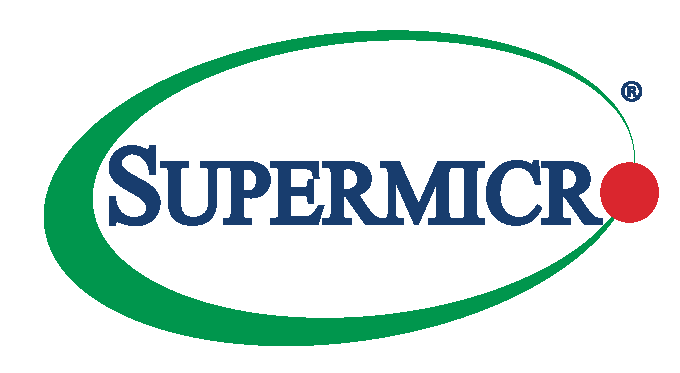Articles
AMD’s Threadripper: Higher-Performance Computing from a Desktop Processor
- October 5, 2022
- Author: David Strom
The AMD Threadripper™ CPU may be a desktop processor, but desktop computing was never like this. The new chipset comes in a variety of multi-core versions, with a maximum of 64 cores running up to 128 threads, 256MB of L3 cache and 2TB of DDR 8-channel memory. The newest Threadrippers are built with AMD’s latest 7 nanometer dies.
AMD’s Threadripper: Higher-Performance Computing from a Desktop Processor
- October 5, 2022
- Author: David Strom
The AMD Threadripper™ CPU may be a desktop processor, but desktop computing was never like this. The new chipset comes in a variety of multi-core versions, with a maximum of 64 cores running up to 128 threads, 256MB of L3 cache and 2TB of DDR 8-channel memory. The newest Threadrippers are built with AMD’s latest 7 nanometer dies.
AMD’s Threadripper: Higher-Performance Computing from a Desktop Processor
- October 5, 2022
- Author: David Strom
The AMD Threadripper™ CPU may be a desktop processor, but desktop computing was never like this. The new chipset comes in a variety of multi-core versions, with a maximum of 64 cores running up to 128 threads, 256MB of L3 cache and 2TB of DDR 8-channel memory. The newest Threadrippers are built with AMD’s latest 7 nanometer dies.
Supermicro and Qumulo Deliver High-Performance File Data Management Solution
- October 3, 2022
- Author: David Strom
Supermicro and Qumulo Deliver High-Performance File Data Management Solution
- October 3, 2022
- Author: David Strom
Supermicro and Qumulo Deliver High-Performance File Data Management Solution
- October 3, 2022
- Author: David Strom
Supermicro and Qumulo Deliver High-Performance File Data Management Solution
- October 3, 2022
- Author: David Strom
Red Hat’s OpenShift Runs More Efficiently with Supermicro’s SuperBlade® Servers
- September 30, 2022
- Author: David Strom
The Supermicro SuperBlade's advantage for the Red Hat OCP environment is that it supports a higher-density infrastructure and lower-latency network configuration, along with benefits from reduced cabling, power and shared cooling features. SuperBlades feature multiple AMD EPYC™ processors using fast DDR4 3200MHz memory modules.
Red Hat’s OpenShift Runs More Efficiently with Supermicro’s SuperBlade® Servers
- September 30, 2022
- Author: David Strom
The Supermicro SuperBlade's advantage for the Red Hat OCP environment is that it supports a higher-density infrastructure and lower-latency network configuration, along with benefits from reduced cabling, power and shared cooling features. SuperBlades feature multiple AMD EPYC™ processors using fast DDR4 3200MHz memory modules.
Red Hat’s OpenShift Runs More Efficiently with Supermicro’s SuperBlade® Servers
- September 30, 2022
- Author: David Strom
The Supermicro SuperBlade's advantage for the Red Hat OCP environment is that it supports a higher-density infrastructure and lower-latency network configuration, along with benefits from reduced cabling, power and shared cooling features. SuperBlades feature multiple AMD EPYC™ processors using fast DDR4 3200MHz memory modules.
- ‹ previous
- 54 of 58
- next ›





